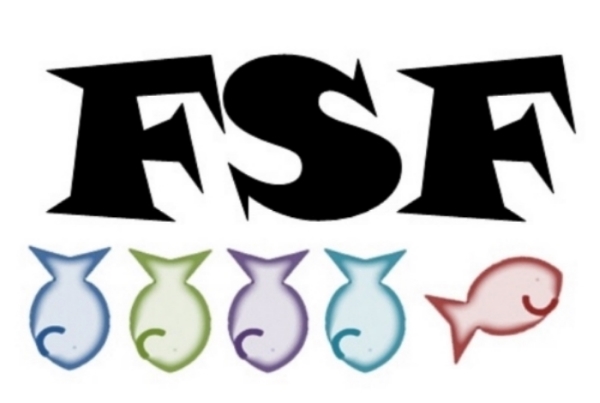For this first list, I'm mainly looking at a couple of ghost films. There's a reason for this. Keep reading and you'll see. Also, I only picked films that as a writer I could also recommend watching for character study reasons.
Hollywood and the history of film in general has a strange relationship with ghost stories. Today we think of ghosts falling into the genre of horror with box office and critical successes like The Conjuring, the Others, and the Sixth Sense. But it was not always like this.
Ghosts in silent and early talking film were usually comedies. The spirits were slapstick foibles meant to be an excuse for the hero to do silly double takes. This continued into the 1930s and 40s where witty ghosts humorously tortured the only human who could see them such as in the Topper films.
The other type of early ghost films would be more serious mysteries or dramas where the ghost turned out to be a living man in a mask. Think Scooby Doo where the owner of the abandoned amusement park actually kills people. There were naturally some exceptions, but most of those were not from the United States, for example Swedish film The Phantom Carriage (1921) which inspired Ingmar Bergman and Stanley Kubrick to be creepy.
So what changed ghosts from being comic fodder and murderers in masks? In 1941 Irish author Dorothy Macardle published Uneasy Freehold, an atmospheric and eerie ghost story that sold extremely well. Three years later it was made into a film under the U.S. title, The Uninvited. It’s the story of a brother and sister, Ray Miland and Ruth Hussey, purchasing a gorgeous house atop an English cliff. In doing so, they get to know Stella (Gail Russell), the daughter of the people who built the house. She is drawn to the house, even in adulthood, and the new owners must solve a mystery to save her life.
But this is a character study and I promised you ghosts. What makes The Uninvited a shift in the genre was the way it handled its ghosts - one who cries and one who brings the cold. I don’t want to give away the mystery, but let’s focus on how these 2 ghosts have distinct personalities while barely showing them on screen.
The ghost who cries is, besides clearly being depressed, is established as gentle and having a clear connection to Stella. The ghost who brings the cold is established as violent and bitter. All of this is shown to the audience/reader through actions and sounds, not facial expressions or jump scares.
As a writer, showing instead of telling can be one of the most difficult tasks. But it creates a better bond with the character for the audience. They get to figure out the character on their own and that stirs up emotions.
The Uninvited is somewhat forgotten now, despite it causing a shift in how to make ghosts scarier and complex without the cornball. Comedy ghost movies were still prominent in the 1940s/50s, but by the 1960s movie goers got goosebumps from films like Carnival of Souls, The Haunting, and The Innocents.
There was one where they combined the two idea: The Ghost and Mrs. Muir (1947), based on the book of the same name (but I confess the movie was better). In this film the ghost is a prominent character who establishes his personality the first time he laughs to frighten potential buyers away from the house he haunts. While this gruff sea captain spirit provides chills at first, he also is a part of the comedy of the story and his relationship with Mrs. Muir, the independent single mom who moved into his house, reveals his softer side. This is not a horror movie, but the ghost is not a joke. He's a former human who still has clear emotions and motivations.
Now let’s get to 1 modern film from a director who was inspired by The Uninvited: Guillermo del Toro ’s Crimson Peak. Again I am only focusing on the ghosts as a character study.
Within the film there are multiple spooks but only some are really given clear personalities. Both are seen on screen, but their character traits are based on what isn’t told outright. The first is the ghost of the former mistress if the house, Lady Beatrice, who had been killed by an ax while taking a bath. She is described as a harsh, strict, and abusive woman, yet this could come across in a description of her ghostly face. The way she sits in the bathtub with wrists up suggests her uptight attitudes. Her only words in the film are accusing and in no way helpful to the main character.
The other ghosts who gets to show some personality are three young women named Pamela Upton, Margaret McDermott, and Enola Sciotti. Instead of explaining their traits as presented in the film, watch it for yourself. Pamela Upton and Enola Sciotti have the most revealed about who they were when they were alive. What character traits do you find?







